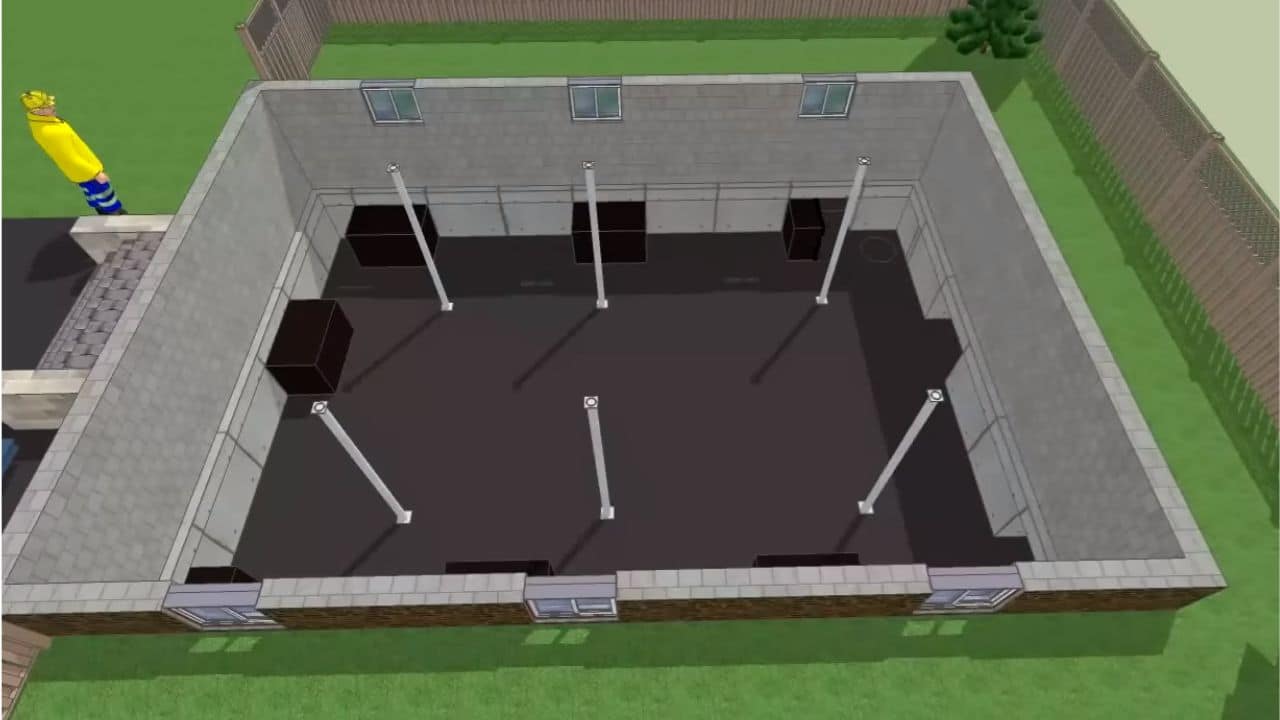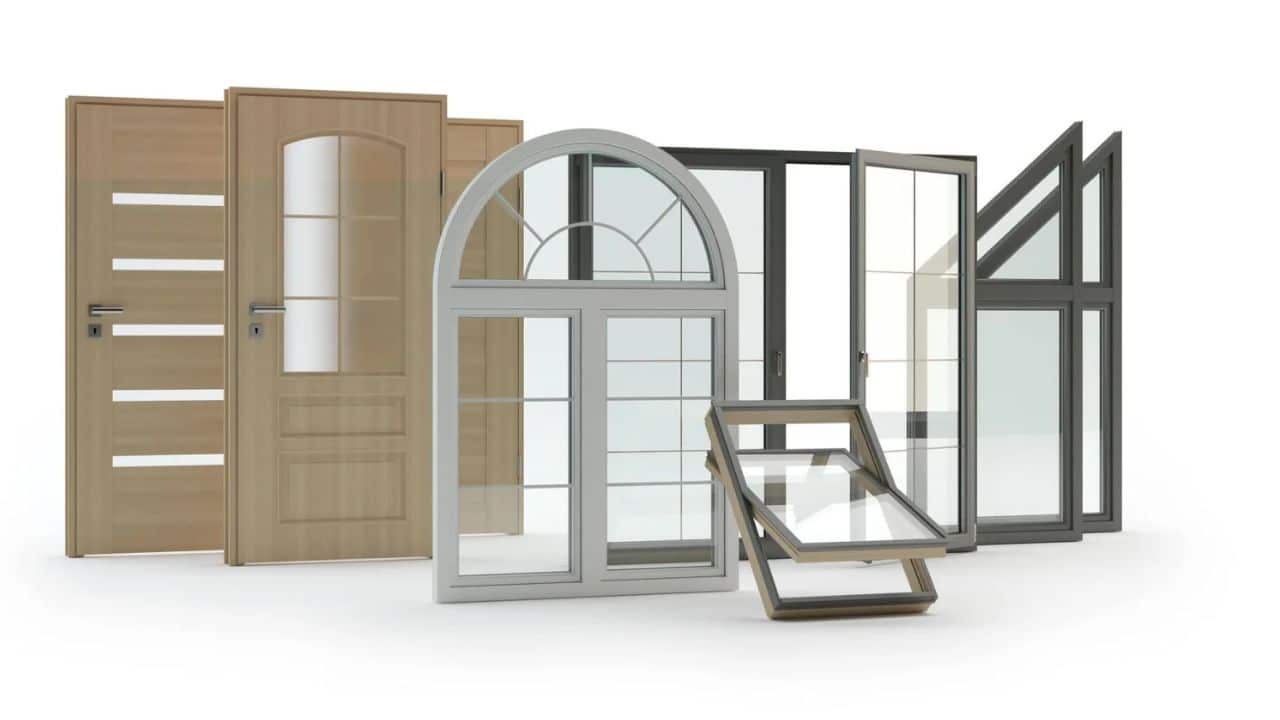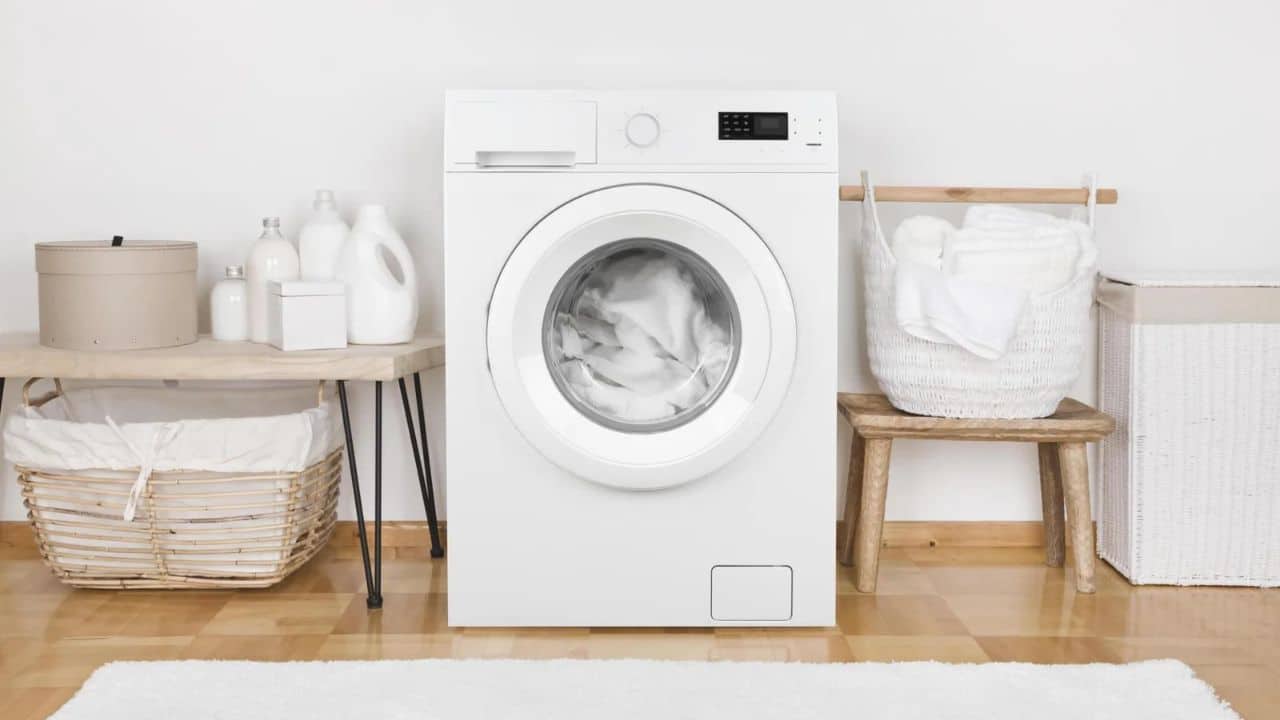Heating technology has come a long way, and with such advancement comes the benefit of choice. That is why heating options are at the forefront of many homeowners’ considerations when selecting the ideal property.
Today, the most prominent types of heaters are gas ovens and wood-fired ovens. However, while they share similar heating methods, their most prominent differences lie in their use of different fuels.
So how do you make the appropriate comparisons to determine which one is best for you?
Read on for more insight on the pros and cons of each type of heater with an emphasis on:
- Ease of installation.
- Aesthetic appeal.
- Operation costs and convenience.
- Safety outlook.
- Energy efficiency.
- Maintenance requirements.
Gas Ovens
First, using gas as a fuel source makes operating these heaters more straightforward than burning wood. In addition, gas is now more cost-effective, making gas ovens cheaper to run than the alternative.
With regard to convenience, most gas ovens need nothing more than the touch of a button to light up, making the process fast and effortless. This feature can be handy if you prefer to avoid the fuss of a lengthy and involved ignition sequence. In addition, using gas avails you of the option of hooking up a thermostat so you can have more precise control of the temperature.
Maintaining a gas heater is also simpler. Since the fuel source has a clean burn and fewer emissions, there is less demand for extensive care considerations.
Furthermore, this advantage of having flames with fewer by-products makes these devices more efficient and safe to operate.
The primary drawback of opting for a gas oven is the installation. Because these ovens require specialized piping, stricter safety considerations, and professional input, gas heaters can be pricey and time-consuming to put in.
Wood-Fired Ovens
Since inventors first introduced the concept of personal ovens, wood-fired ovens have been the primary device used to cook and heat the home. But, while they share many similarities with gas heaters, there are a few key differences you must consider:
- Wood is not always easy to light. So it would be best if you put in some work to get that captivating flame and inviting warmth.
- The burning process produces by-products like soot and smoke. With prolonged exposure, both can have a detrimental effect on the look of your home and your family’s health.
- Wood heaters require more maintenance than gas ovens. Specifically, you have to clean the chimney regularly to avoid fire hazards.
- However, despite the need for more effort, wood-fired ovens are easier to install. In addition, their appearance is still considered to provide the ideal aesthetic, mainly if you use your fireplace as the primary anchoring feature in the room.
If you consider the comparisons listed above more closely, you may find that gas ovens have the edge. On the other hand, the final choice lies with you and your preferences. However, if you need more information to help guide your selection, do not hesitate to contact your local heating experts for a more thorough consultation.













































